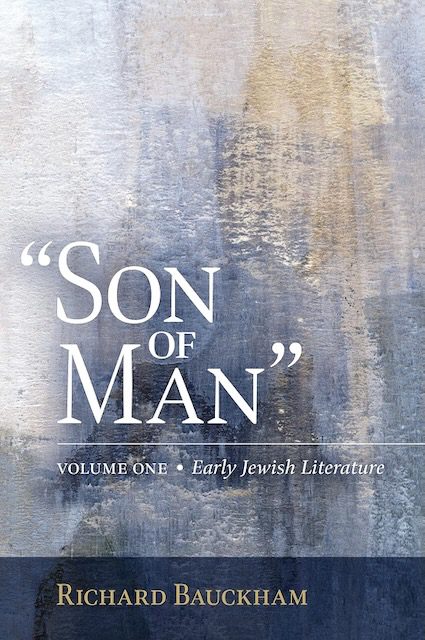Q. I expect you will be addressing this in your second volume on Son of Man, but I remember Charlie Moule saying that the phrase ‘the Son of Man’ in the Gospels, with the definite article probably should be seen as deliberately allusive to Dan. 7—i.e. ‘the (aforementioned) Son of Man’. What do you think of this suggestion, which if right would mean that on the lips of Jesus, and presumably for the Evangelists the phrase in that context does not mean merely ‘a human being’ or something like that. I realize this is a question for the second volume discussion, but I couldn’t resist throwing in one such question.
A. Simon Gathercole has suggested something similar, but I do not think it is credible.
Q. In the course of your exposition of the narrative portions of Enoch you make the point that the author of the Parables does not equate the Son of Man figure with the saints, or chosen ones, but I suppose in a sense represents them. In other words the ‘bar enosh’ is not a cipher for a group of persons, but for an individual in the Enoch material. Am I reading this right? I would agree that this is the correct interpretation of Dan. 7. What are the implications of this for understanding the whole Son of Man traditions? It would appear that John Collins has misread this text.
A. I have found no instance in Jewish literature of this “collective” understanding of the figure. That does NOT mean it is not correct for the original meaning of Daniel. I offer no opinion on that. On the face of it seems quite plausible: the beasts are symbols of the pagan empires, the humanlike figure is a symbol for the empire of the holy ones of the Most High that will succeed them. But if I remember correctly, John Collins does not take that view. He thinks the human-like figure is an angel (and there are indeed rather similar phrases used of angels in Daniel) who is the heavenly representative of the people of God, probably Michael. This too has something to be said for it, since Michael does indeed figure in that role in the later chapters of Daniel. Given that these are plausible options, why did Jewish interpreters in the late Second temple period not adopt either of them? Not because they had some access, beyond the text of Daniel, to what the text originally meant, but because their eschatological expectations focused on a messianic figure who would judge the nations and rule. They found this figure in other prophecies in the Hebrew Bible and they read Daniel as coherent and consistent with those. From that perspective it seems rather obvious that Daniel’s “one like a son of man” should be the same person as the messianic figure they found elsewhere in scripture. The early Christians made the same assumption. The same argument might work for us in a canonical reading of Daniel, but not necessarily in a historical reading.













